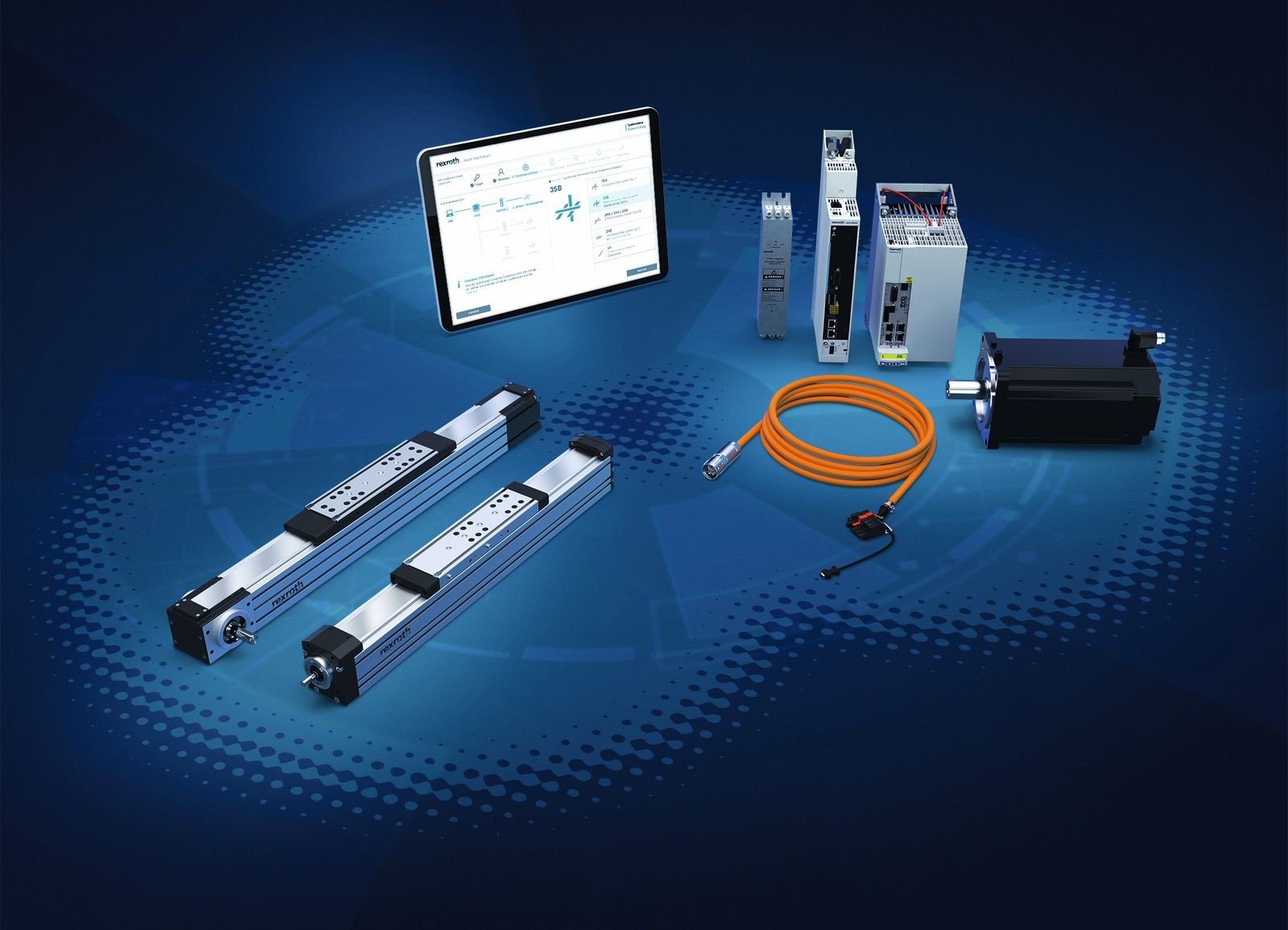Selecting the Right Linear Axis for Your Automation System: A Beginner’s Guide
Foundational to factory footprints across a breadth of industries and applications, linear motion systems and the axes they operate on remain critical components that OEMs and end-users rely on daily. As diverse as their use cases, linear axes are not a one-size-fits-all solution and, as such, need to be configured and leveraged properly to ensure optimal performance. Manufacturers and end-users should view this article as a roadmap to understanding linear axes and how they’ll continue to play a key role in manufacturing and logistics applications in the future.
Transparent Evaluation
At the heart of any successful manufacturing operation is a culture of consistent, transparent evaluation. Managers need to have a thorough comprehension of all processes and should constantly monitor performance to identify opportunities for improvement. While legacy processes are typically the foundation for meeting objectives consistently, it’s worth exploring modern and advanced technology to further improve productivity. Linear axes can be applied to a variety of processes and should be considered as a potential solution for many manufacturing needs.
When evaluating axes’ integration with a process, manufacturers need to first identify a clear objective regarding speed, payload, and accuracy. How will the actuator(s) move objects safely and effectively to align with an established goal? Equally as important as reaching current throughput metrics is considering future needs as well. What’s the range that may be required of the axes so they can adjust to meet shifting objectives? Having a clear understanding of those parameters will help narrow down the type of axes that may be required.
Additionally, having an understanding of an objective can help manufacturers avoid unnecessary and complex requirements. While linear axes are an inherently simple solution, some manufacturers can complicate their implementation by overengineering them for applications that aren’t aligned with their design. This can hinder an entire process and lead to higher costs, longer lead times, and project delays.

Design At Your Fingertips
One of the most important advancements in implementing linear axes solutions is how they’re being selected by the end-user. Previously, individual components may have been chosen out of a catalog, and sometimes, a follow-up call was conducted to confirm what it was being used for. The process was imperfect, as it was susceptible to miscommunication that led to incorrect specifications for a solution, or one not perfectly designed for a task.
Now, modern software has streamlined the design phase, as many end-users want to digitally build their custom linear motion solution themselves and see a CAD model designed to their exact specifications. They can avoid selecting unnecessary components and easily cycle through multiple solution options before making a final selection. This speeds up the process of getting the solution into the end user’s hands, which can have a faster impact on overall productivity.






